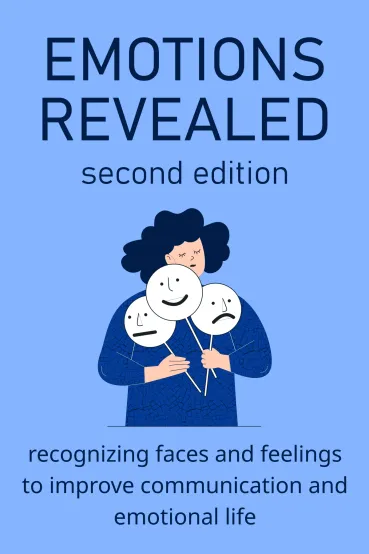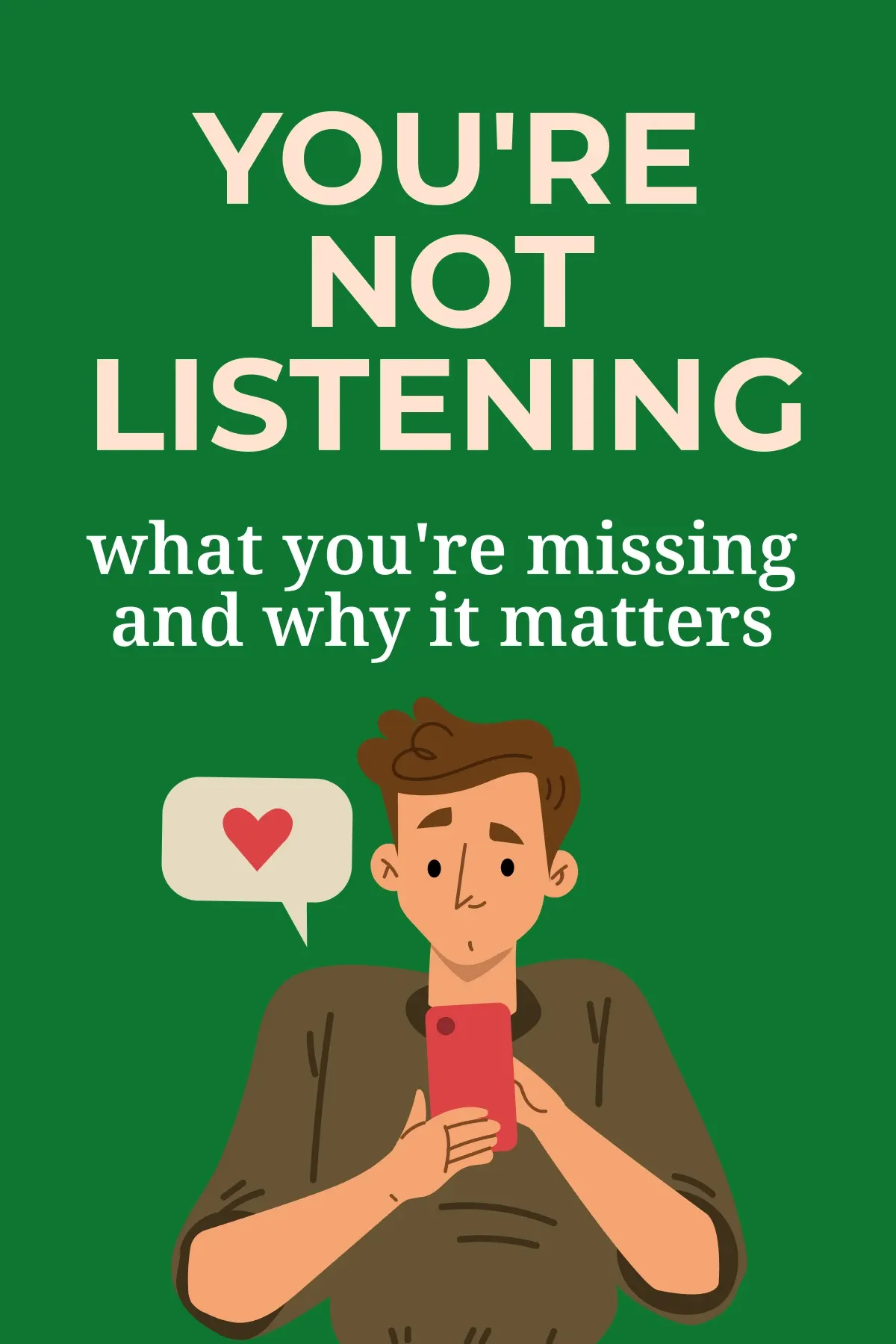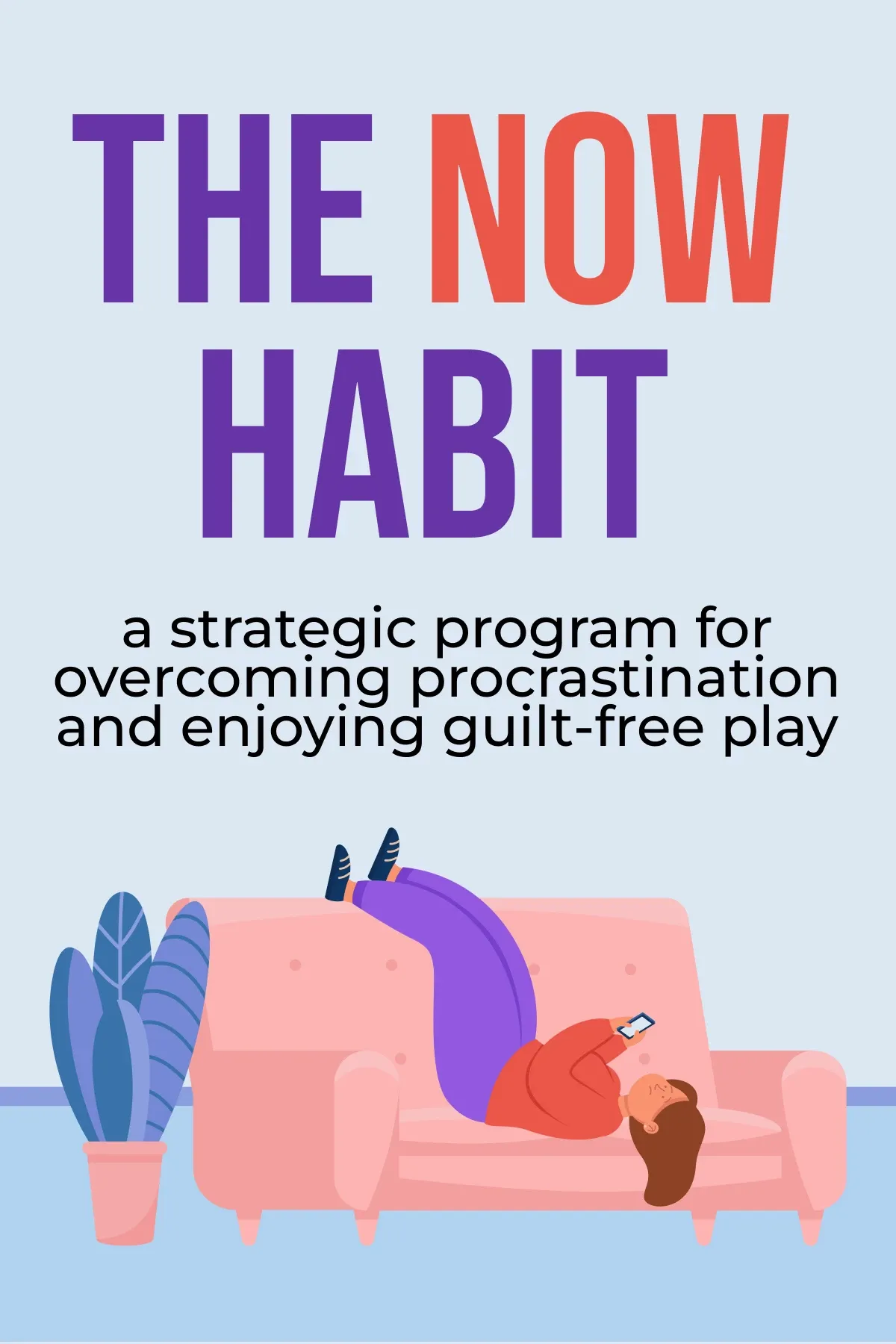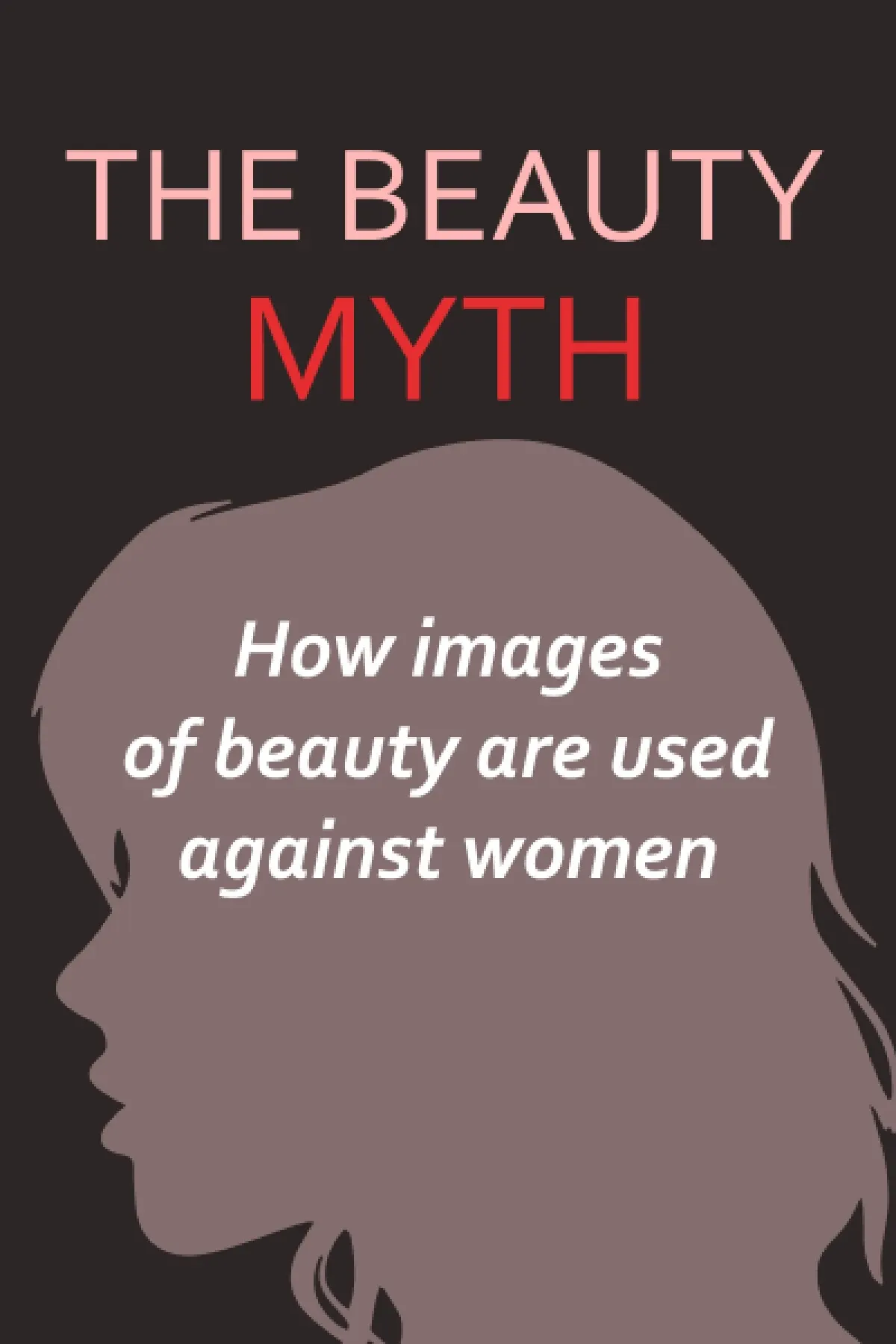
Emotions Revealed, Second Edition
Brief Summary
There is no “right” or “wrong” way to express your emotions, be it anger, fear, disgust, or happiness. “Emotions Revealed” by Paul Ekman explores the roots of these emotions and shines a spotlight on how to interpret them. Check out this emotions encyclopedia and learn to tell them apart.
Key points
Key idea 1 of 8
Can a person’s emotions differ depending on their cultural background? For example, could someone from China misunderstand the feelings of someone from Moldova? Or is the language of emotions universal and understandable to anyone anywhere in the world? These questions intrigued the psychologist Paul Ekman.
To explore this, Ekman conducted an experiment. He showed photographs to people from five different countries: Chile, Argentina, Brazil, Japan, and the United States. Each picture depicted a person with a particular facial expression showing an emotion. Ekman then asked the participants to identify the emotion in each facial expression. All of them gave similar answers.
This served as evidence supporting Darwin’s idea. Darwin concluded that facial expressions of emotions are universal regardless of a person’s origin. Independently of Ekman, a scientist, Carroll Izard conducted the same experiment and obtained identical results.
However, anthropologist Ray Birdwhistell had opposing views on this matter. He argued that emotional expressions could arise based on cultural factors. For example, some people smile when they feel sadness. This led Paul Ekman to the concept of display rules. These social and cultural norms dictate the most appropriate expression of emotions.
Thus, cultural differences influence how people express their emotions in society. For instance, a Japanese person and an American may react the same way to offense when they are in private. However, you will certainly notice a difference in their reactions in a workplace setting. While an American might openly show frustration, a Japanese person is more likely to respond with a polite smile.
Still, Paul Ekman was curious to know whether emotions are truly as similar as they seemed, or if their universality is a consequence of globalization. To answer this question, he traveled to Papua New Guinea. There, in an isolated community, foreign media did not influence the local people. Yet, the residents displayed emotions precisely the same way as people from more developed countries.
You may also like these summaries











